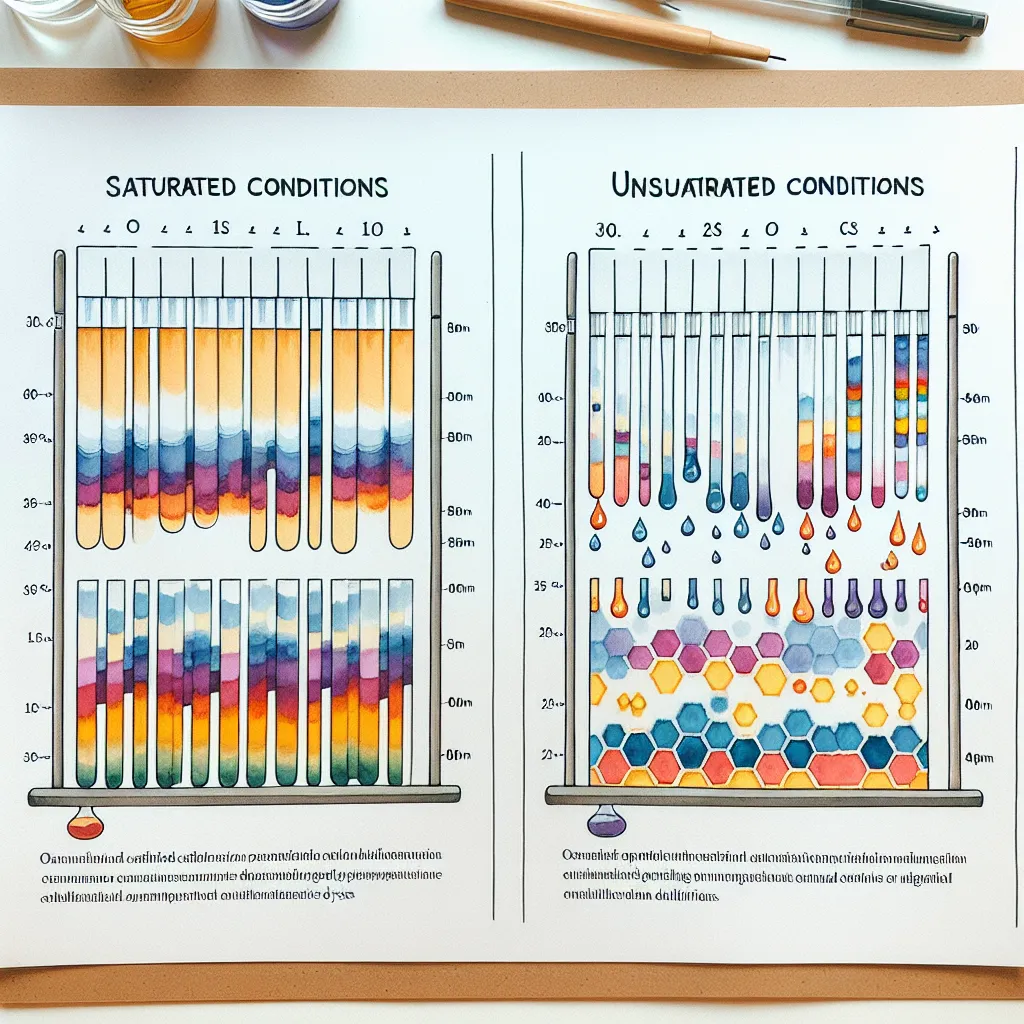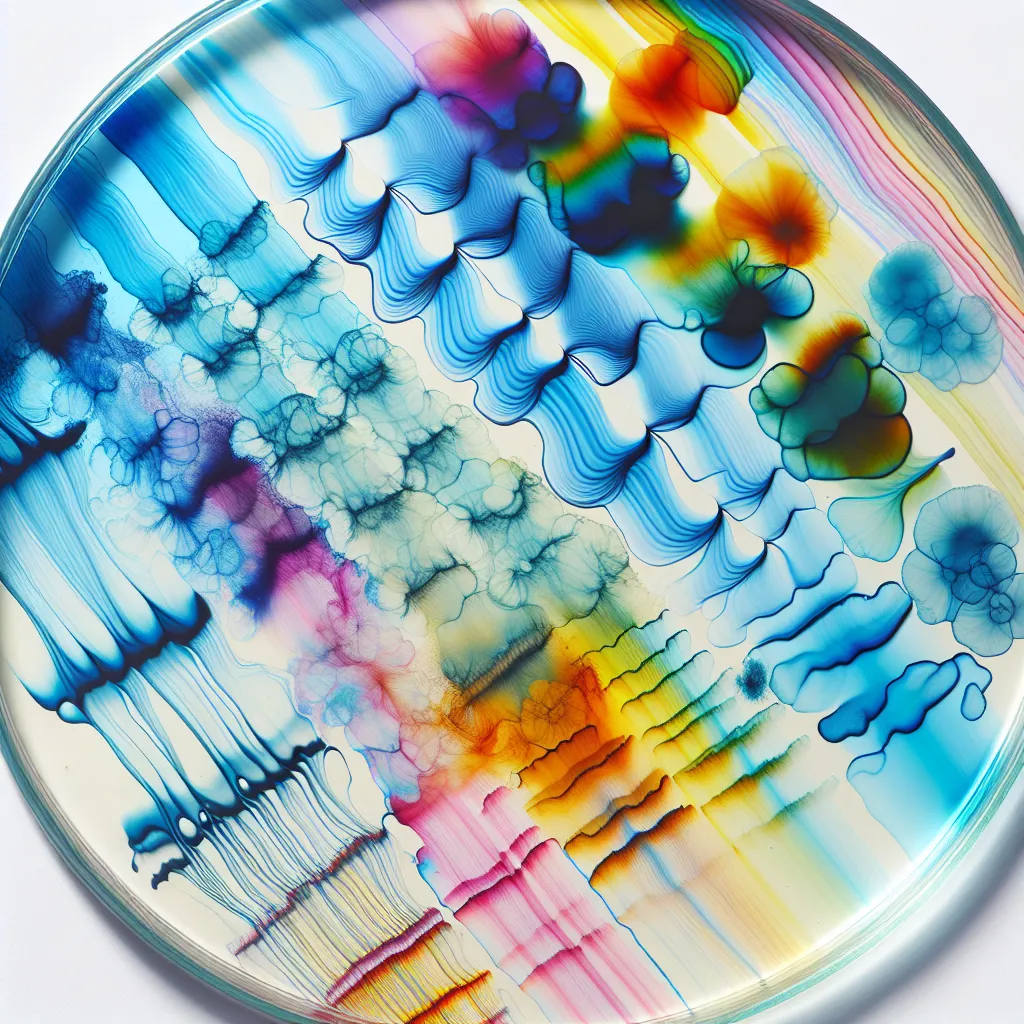Ask AI on The Internet
Question: After phase separation of the lysate, the nucleic acids are located
In a typical phase separation process, such as the phenol-chloroform extraction method used for nucleic acid purification, the lysate is usually separated into an aqueous phase and an organic phase, often with an interphase in between. After the phase separation: - **Nucleic acids (DNA and RNA)**: These are located in the **aqueous phase** (the upper layer), as they are hydrophilic and prefer the water-rich environment. - **Proteins and other contaminants**: These often partition into the **organic phase** (the lower layer, usually containing phenol and chloroform) or the interphase. To extract the nucleic acids, you typically take the aqueous phase for further processing, such as ethanol precipitation, to isolate and purify the nucleic acids. Here's a step-by-step outline of what happens during phase separation: 1. **Cell lysis**: Cells are lysed to release their contents into a solution, forming the lysate. 2. **Addition of phenol-chloroform**: The lysate is mixed with a phenol-chloroform solution, which helps to denature and remove proteins while preserving nucleic acids in the aqueous phase. 3. **Centrifugation**: The mixture is centrifuged to separate the phases, typically resulting in three layers: the aqueous phase on top, the organic phase at the bottom, and an interphase where precipitated proteins may accumulate. 4. **Collection**: The nucleic acid-containing aqueous phase is carefully collected for further purification steps. Make sure to handle phenol and chloroform with care, as they are hazardous chemicals. Always work in a well-ventilated area, using appropriate personal protective equipment (PPE).
Think your answer is better than the AI's? Post it below.
Other Most Relevant Posts:
 Part A
The wash buffer was prepared by calculating the required amount of glycine and adding it to around 70% of the total volume of distilled water. Once dissolved, the solution underwent titration w
Part A
The wash buffer was prepared by calculating the required amount of glycine and adding it to around 70% of the total volume of distilled water. Once dissolved, the solution underwent titration w
 Part A: Buffer Preparation and Protein Isolation Steps
Part B: Protein Isolation and Chromatography
Part C: Standard Curve Construction and Protein Assays
Part D: Lysozyme Activity Experiment and Calc
Part A: Buffer Preparation and Protein Isolation Steps
Part B: Protein Isolation and Chromatography
Part C: Standard Curve Construction and Protein Assays
Part D: Lysozyme Activity Experiment and Calc
 Ask AI: Discuss the separation of organic dyes under two different set of conditions: Saturated and unsaturated
Ask AI: Discuss the separation of organic dyes under two different set of conditions: Saturated and unsaturated
Question Tags
If you want your question answered by an AI, click here.




Post your own comment: